Ørsted and partners secure funding for H2RES project; offshore wind power to produce renewable hydrogen for road transport
Green Car Congress
DECEMBER 23, 2019
million (US$5 million) for the H2RES project from EUDP’s second 2019 call for applications. The plant will use electricity from offshore wind turbines to produce renewable hydrogen for buses, trucks and potentially taxis. However, renewable hydrogen is currently more expensive than hydrogen produced from gas or coal.

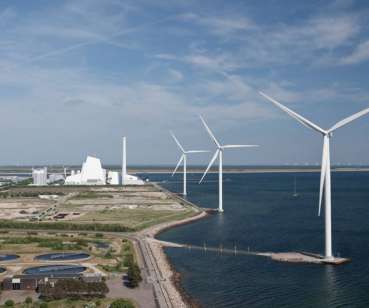




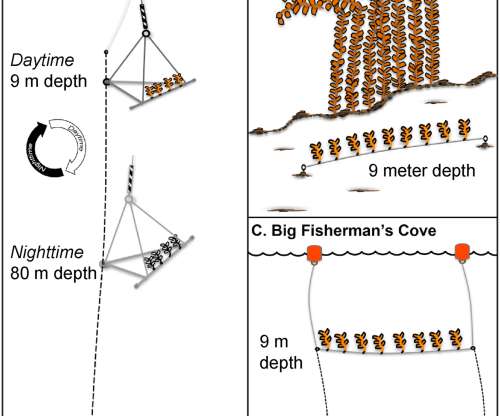
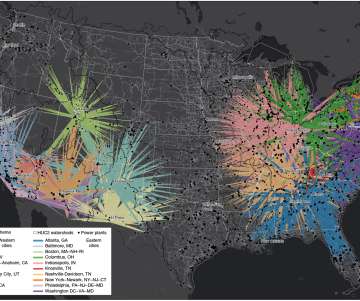
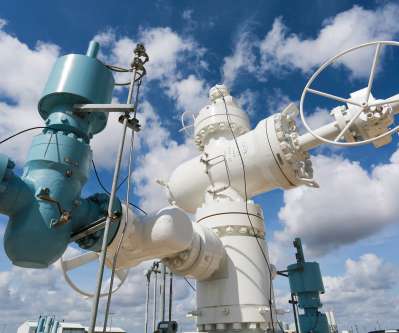

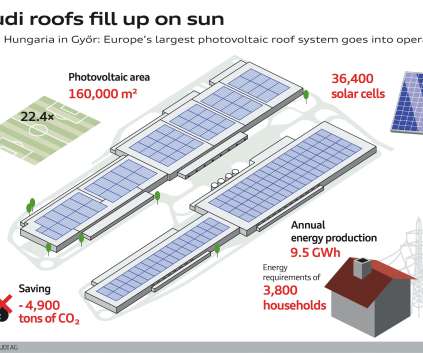

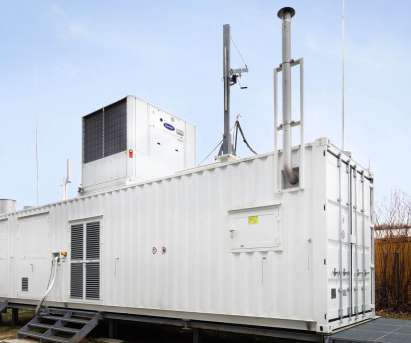

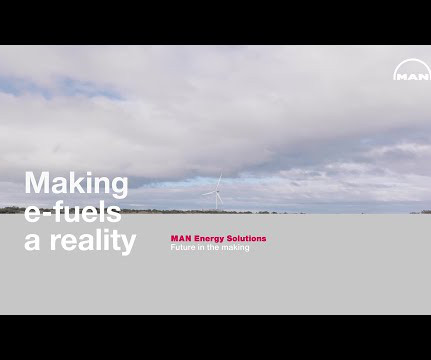


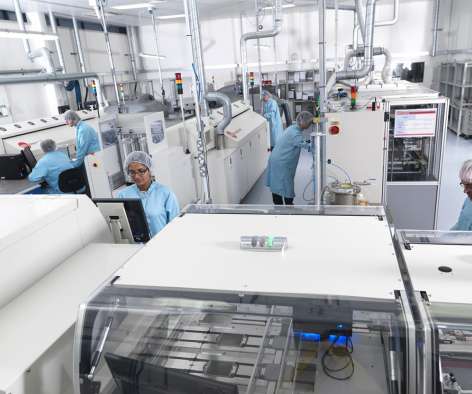

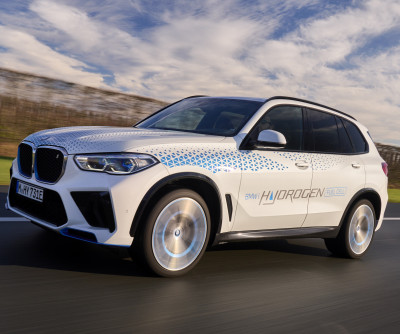






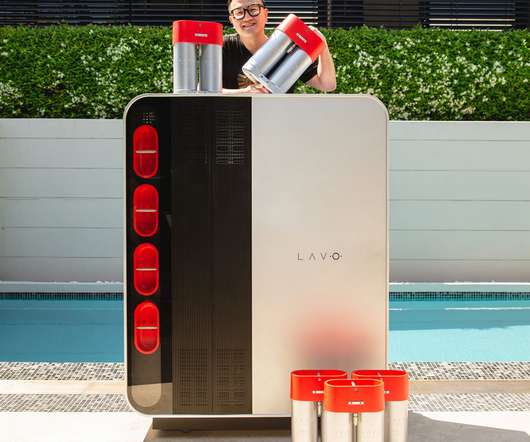



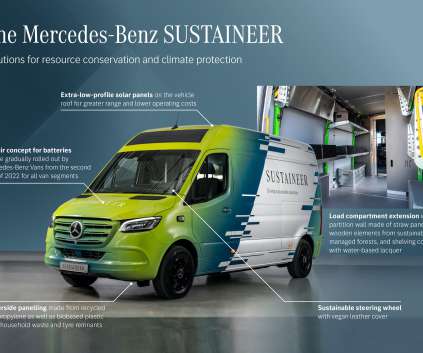
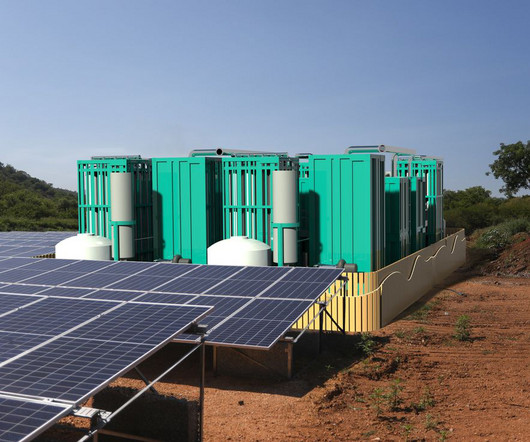



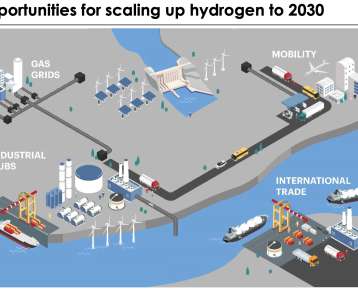
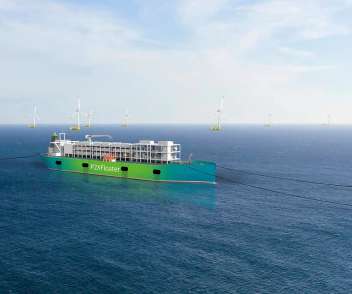







Let's personalize your content